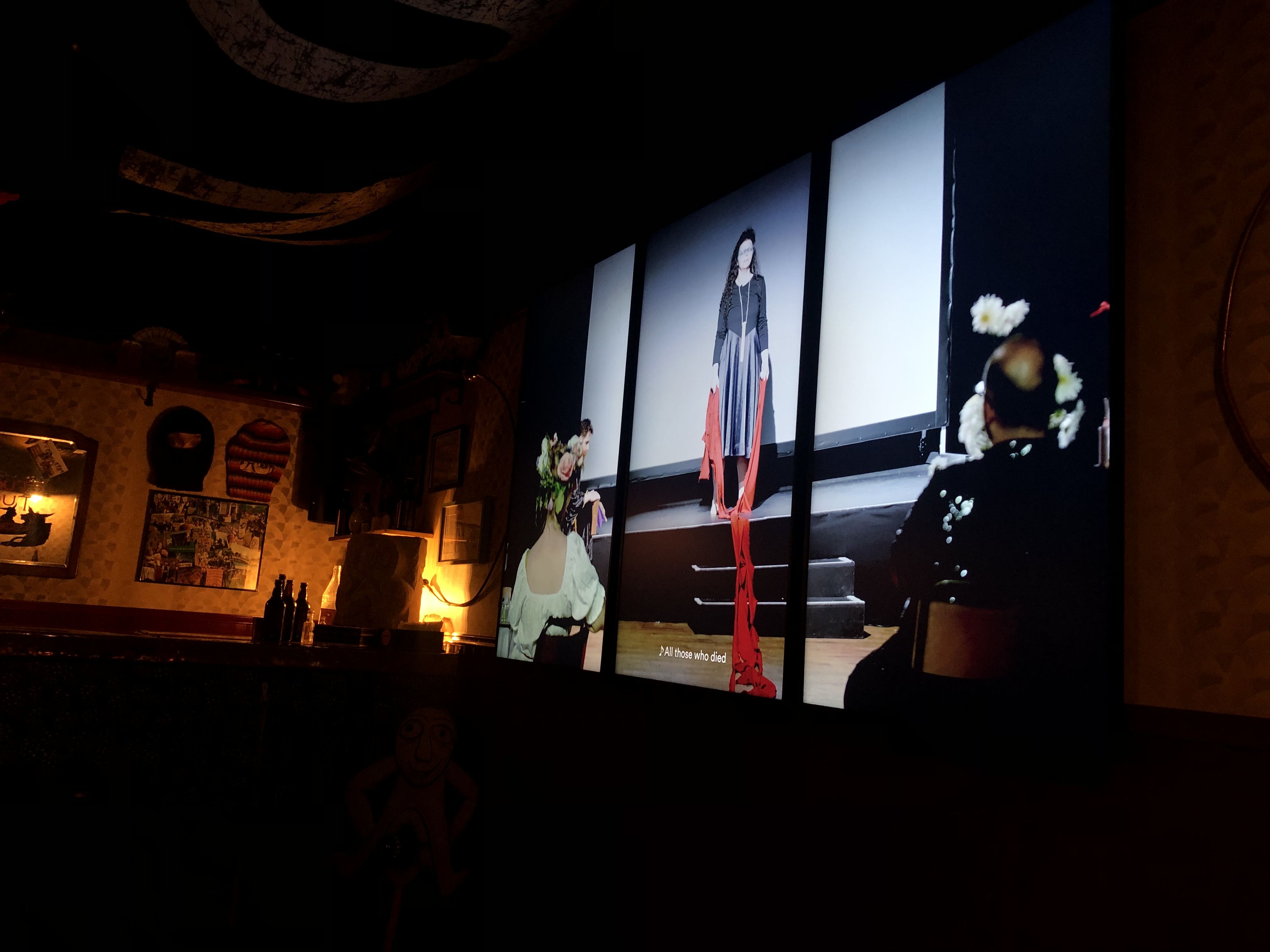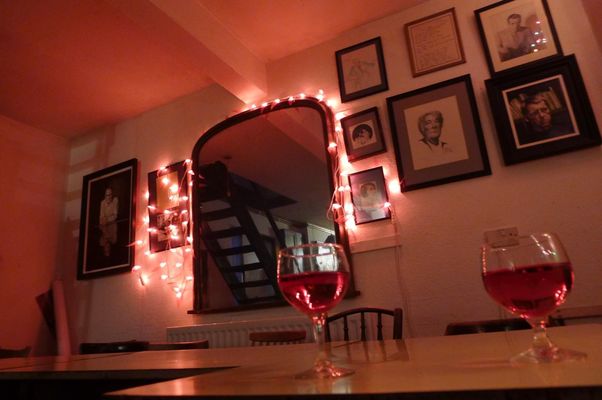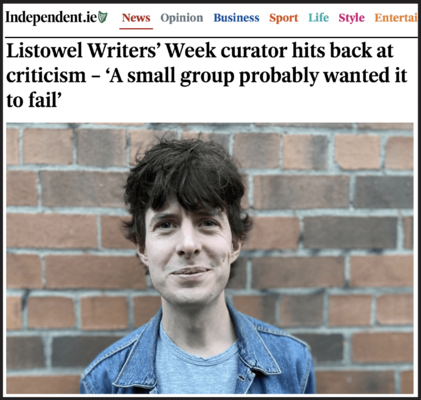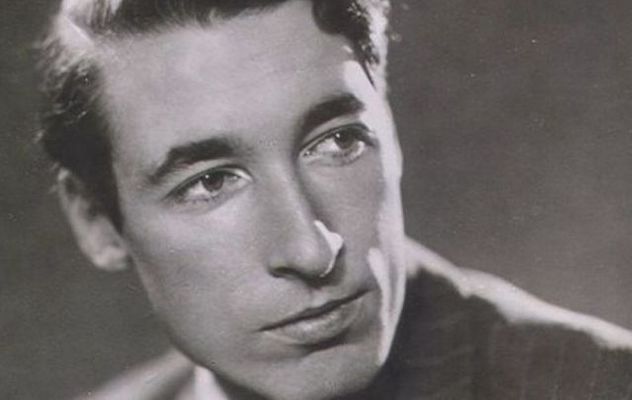IF you believe what the pub tells you, the best traditional music in Galway is in The Crane Bar on Sea Road.
I was out with my friend Ian McHugh, a musician and architect I’ve known for about a decade or so in Belfast, who’d moved out west for work.
We’d been in the Bier Haus just round the corner, talking about music; talking about Paul Brady and tracing a lineage from The Mary Wallopers and Lankum back through Brady, Moore and Planxty to Dominic Behan and the work songs of the late 50s and early 60s. We talked about Paddy on the Road, about Arthur McBride and the listing of names at the end of Christy Moore’s ‘Viva La Quinta Brigada’. It was enough for us to finish our drinks and head for the session in The Crane.
We were downstairs waiting for a Guinness when my friend Trenna Sharpe came up in conversation. She’s a poet from Tennessee who spent a few years in Belfast. I’d just opened a message from Trenna when her mum’s ex-boyfriend walked into the empty bar. The second I clocked his huge beard I realised it was him, Steve Earle, in town to play in Monroe’s on his Alone Again tour.
Without giving it a second thought, I introduced myself and said I was Trenna’s friend. He looked at me as if to say ‘who’s this guy?’ and said ‘alright, cool’ then headed on upstairs to the session. ‘You’ll never guess who’s just walked into the pub,’ I said to Trenna in a message on WhatsApp.
The music in The Crane was good and someone sang a great version of Lord Franklin, but it wasn’t the best session I’d been to in Galway. The best session had been in the Galway Arts Centre’s sister venue, Nun’s Island Theatre, on Culture Night in 2022. The Array Collective síbín that was part of ‘The Druthaib’s Ball’ was completely packed with people drinking Guinness, talking, listening to good music and taking in all the ephemera from various Array activities over several years. One of the artists from Array later confided in me that some of the Turner judges had spent a disproportionate amount of time in the síbín during the exhibition.
Steve Earle at the Ulster Hall
Trenna must’ve been onto Steve immediately to vouch for me, because he came and found me and his entire demeanour had changed. He told me about his first time in Belfast and travelling around in a black taxi with Bap Kennedy. He was animated when he talked about Belfast and said he was playing the Ulster Hall later in the month, that it was sold out and he would get me some tickets. Trenna sent me a message 48 hours before the show to say there were three tickets waiting at the box office with my name on them.
On the afternoon of the show I called into the Ulster Museum to see how The Druthaib’s Ball looked in that setting. It was strange to see people standing outside the doorway to the síbín, unsure about how to interact with what I’d first seen as a living piece of protest art. It was the first time I’d been able to watch the centrepiece, a filmed version of The Druthaib’s Ball, an event billed as a funeral for the centenary of partition. It’s a work that throws irony and sincerity together and the result is something you could return to again and again, but what struck me on my first visit were the songs included in the performance/film. Meabh Meir’s haunting version of Liam Weldon’s 1966 song ‘Dark Horse on the Wind’ refocuses the power of the protest lyric:
Oh those who died for liberty
Have heard the eagle scream
All the ones who died for liberty
Have died but for a dream
Oh rise, rise, rise, dark horse on the wind
For in no nation on the earth
More broken dreams you'll find
At the same time, Phil Hession’s knees-up version of Dominic Behan’s ‘Dicey Reilly’ is met with rapturous applause. There’s an overall irony of the work of Array, a commanding and dynamic collective whose protest art and activism is unrelenting in its drive for social change, is being visited in the sterile environment of the Ulster Museum. There’s an irony, too, that the long run in the museum will mean that the same people are in the same pub singing the same songs over and over again (although I could happily listen to Meabh Meir and Phil Hession for months on end).
Steve Earle was on stage on his own with four instruments: a six-string guitar, a twelve-string guitar, an f-style mandola and a mandolin. He played for close to two hours and his set was packed with outlaw songs: journey songs, work songs, working blues and protest songs. The one that stuck with me above all others was It’s About Blood, from a play at The Public in New York from 2020 about the Upper Big Branch Mine Disaster.
Coal Country is a piece of documentary theatre that ran in The Public just before the pandemic and features original songs by Steve Earle. A coal dust explosion in the Upper Big Branch Mine killed twenty-nine miners in Raleigh County, West Virginia: in his preamble to the song, he said ‘it’s not by coincidence that it was the first non-union mine on that mountain.’ His words reminded me of the Liam Weldon song I’d heard earlier that day:
That the wind you hear howling through the holler
Or a ghost of a river that crashed?
For every man that died for a coal-covered dollar
Lung full of dust and a heart full of lies
The song ends with a litany of the names of the dead, all twenty-nine including several men from the same family. In an interview, Jessica Blank, one of the writers behind Coal Country remarked on the power of this act: ‘It’s not just a list, it’s an invocation.’ That invocation was heard loud and clear in the Ulster Hall that Tuesday evening.








